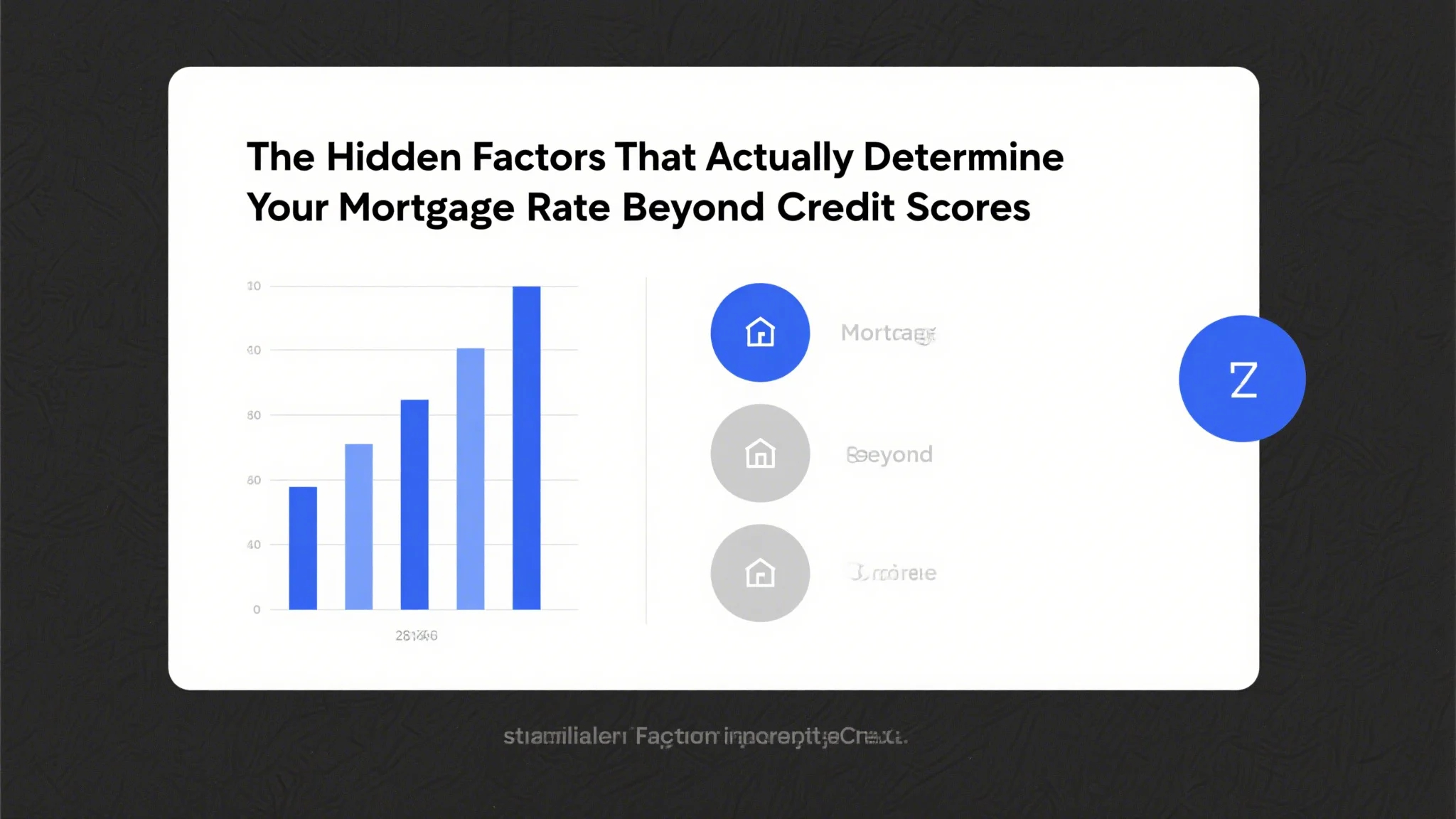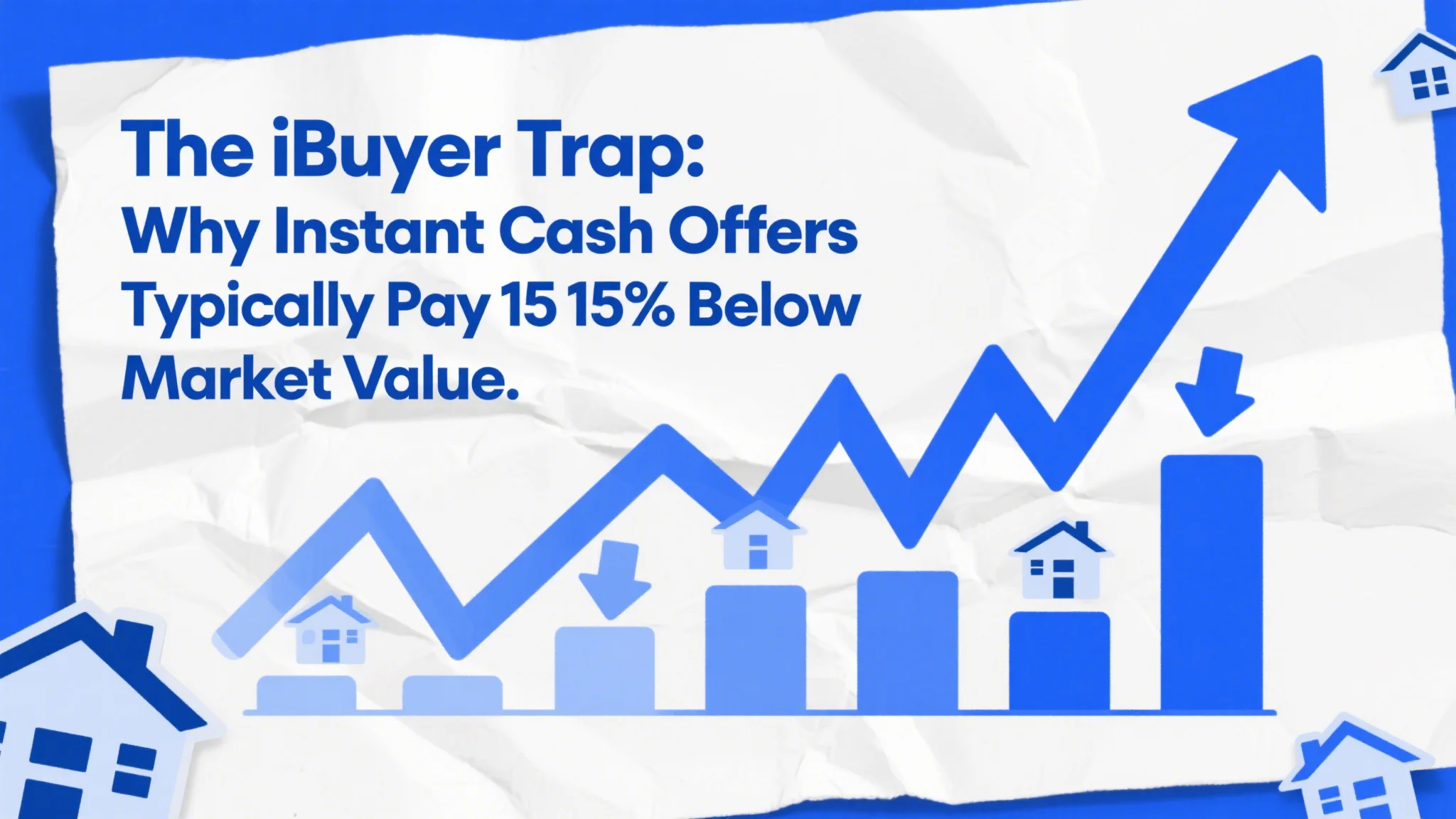When securing a mortgage, borrowers often encounter the option to “buy down” their interest rate through the purchase of points. These points can be temporary or permanent, and each option comes with its own set of benefits and drawbacks. This article explores the differences between temporary and permanent mortgage rate buy-down strategies, helping borrowers make informed decisions based on their financial goals and circumstances.

When shopping for a mortgage, one of the most important decisions borrowers face is whether to “buy down” their interest rate. This process involves paying additional costs upfront in exchange for a lower interest rate, which can reduce monthly mortgage payments. However, not all buy-down strategies are created equal. Borrowers must choose between temporary and permanent points, each with distinct advantages and trade-offs.
What Are Mortgage Rate Buy-Down Strategies?
A mortgage rate buy-down is a financial tool that allows borrowers to reduce their loan’s interest rate by paying extra costs at the time of closing. These extra costs can be structured in two primary ways: temporary points or permanent points. Understanding the difference between these two options is crucial for making a sound financial decision.
Temporary Points: Temporary points are a one-time fee paid by the borrower to reduce the interest rate for a specific period, usually 6 months to 5 years. After this period, the interest rate reverts to the original rate agreed upon in the loan contract.
Permanent Points: Permanent points involve a higher upfront cost to permanently reduce the interest rate for the life of the loan. This option provides a lower rate indefinitely but requires a larger initial investment.
Choosing Between Temporary and Permanent Points
The decision to choose temporary or permanent points depends on the borrower’s financial situation, goals, and how long they plan to stay in the home. Here’s a breakdown of the key factors to consider:
1. Upfront Costs
Temporary points typically require a smaller upfront payment compared to permanent points. This makes them a more accessible option for borrowers with limited cash reserves. On the other hand, permanent points demand a larger initial investment, which can strain short-term liquidity.
2. Monthly Payment Reduction
The monthly payment reduction from temporary points is usually smaller than that from permanent points because the interest rate is only lowered for a limited time. Permanent points, however, offer a more significant and lasting reduction in monthly payments, which can provide long-term savings.
3. Loan Term and Stability
If the borrower plans to stay in the home for the long term, permanent points may be more beneficial. A lower, fixed interest rate can save thousands of dollars over the life of the loan. Conversely, temporary points are ideal for borrowers who anticipate moving or refinancing within a few years, as the rate reversion after the temporary period may negate the long-term benefits.
4. Refinancing Considerations
Borrowers who plan to refinance their mortgage in the near future should carefully evaluate the benefits of buying down their rate. Temporary points may be more advantageous in this scenario, as the lower rate is only maintained for a short period before refinancing. Permanent points, however, lock in a lower rate indefinitely, which could make refinancing less attractive if market rates drop significantly.
Example Scenarios
To better understand the differences, let’s consider two hypothetical scenarios:
Scenario 1:
Borrower A chooses temporary points to lower their interest rate by 0.5% for 5 years.
The upfront cost is $3,000, and the monthly payment decreases by $150.
After 5 years, the interest rate reverts to the original rate, and the monthly payment increases accordingly.
Scenario 2:
Borrower B selects permanent points to reduce their interest rate by 0.75% for the life of the loan.
The upfront cost is $5,000, and the monthly payment decreases by $250.
The lower rate remains in effect for the entire loan term, providing consistent savings.
In this comparison, Borrower A saves $150 monthly for 5 years, totaling $9,000 in savings, but risks higher payments if the rate reverts. Borrower B saves $250 monthly for the life of the loan, which could amount to significantly more savings if the loan term exceeds 20 years.
Long-Term Implications of Temporary vs Permanent Points
The long-term implications of choosing temporary or permanent points can have a significant impact on a borrower’s financial health. Here’s a deeper dive into how each option affects your finances over time:
Temporary Points: Pros and Cons
Pros:
Lower upfront costs make temporary points accessible for borrowers with limited funds.
Provides immediate savings on monthly payments, which can be beneficial during the initial years of the loan.
If the borrower plans to sell the property or refinance within the temporary period, the reduced rate can enhance their financial flexibility.
Cons:
After the temporary period, the interest rate reverts to the original rate, potentially increasing monthly payments.
If the borrower stays in the home longer than the temporary period, the savings may be offset by higher payments in later years.
The rate reversion can be disadvantageous if market rates have risen during the temporary period.
Permanent Points: Pros and Cons
Pros:
A lower, fixed interest rate provides consistent savings throughout the loan term.
Eliminates the risk of rate reversion, offering long-term financial stability.
Permanent points can increase the borrower’s net worth over time by reducing the total interest paid on the loan.
Cons:
Higher upfront costs can strain the borrower’s cash reserves.
If the borrower refinances or sells the property early, the initial investment may not be fully recouped.
Permanent points are less flexible, as they lock the borrower into a specific rate for the entire loan term.
Which Option is Right for You?
The choice between temporary and permanent points hinges on several factors, including your financial goals, timeline for staying in the home, and risk tolerance. Here’s a quick guide to help you decide:
Choose Temporary Points If:
You plan to sell or refinance within the next few years.
You want to reduce your monthly payments without a significant upfront investment.
You’re comfortable with the risk of higher payments after the temporary period.
Choose Permanent Points If:
You plan to stay in the home for the long term (7 years).
You want consistent, long-term savings on your monthly payments.
You prefer financial stability and peace of mind.
Mortgage rate buy-down strategies, whether temporary or permanent, can be valuable tools for reducing monthly payments and overall loan costs. However, the decision to buy down your rate requires careful consideration of your financial situation, goals, and timeline. Temporary points offer immediate savings with lower upfront costs, making them ideal for short-term borrowers. Permanent points provide lasting savings with a fixed interest rate, which is beneficial for long-term borrowers.
By evaluating your unique circumstances and priorities, you can choose the buy-down strategy that aligns with your financial objectives and ensures a secure and affordable mortgage. Whether you opt for temporary or permanent points, it’s essential to work closely with your mortgage professional to navigate the complexities of these strategies and make the best decision for your future.



